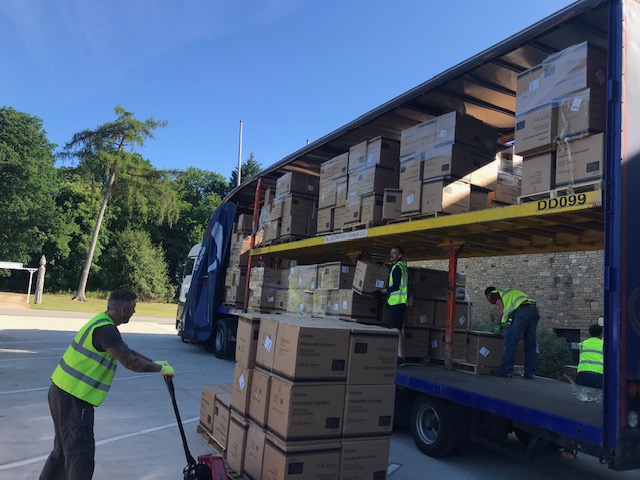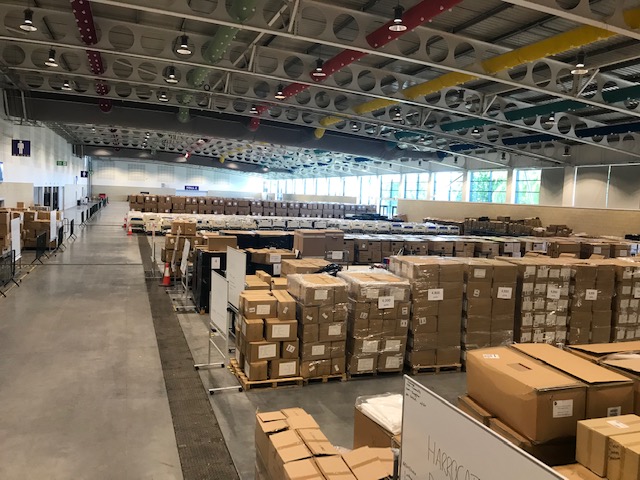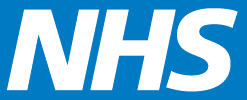Jon Edwards, WYAAT Procurement Programme Manager, shares his experiences  supporting the Covid-19 response by sourcing supplies of much needed resources, including PPE, for hospitals across the region.
supporting the Covid-19 response by sourcing supplies of much needed resources, including PPE, for hospitals across the region.
The procurement and supply chain teams have had a challenging few months during the Covid-19 pandemic. We have gone through the different phases of preparation, reaction and now resilience planning.
The challenge
People tend to forget that sourcing a product isn’t the only challenge. The delivery, quality checking and regional distribution to where it is needed has been a huge challenge that has required a system-wide approach.
Procurement teams, in normal times, work to create an efficient supply chain with tolerance for changes in demand. With such a seismic change in demand, coupled with a rapid contraction of supply, the procurement teams had to rapidly assess the situation on a daily basis.
The teams had to balance a changing regional demand for products as patient volumes fluctuated at each trust and also manage a global supplier market, where prices and availability changed by the hour.
at each trust and also manage a global supplier market, where prices and availability changed by the hour.
The contingency stocks of PPE were held at national level and, with the scale and intensity of the pandemic, It became clear that regional procurement teams would need to supplement these stocks by sourcing products from both local manufacturers and any international sources where supply chains were still in operation. It was important that any efforts did not conflict with the national sourcing programme.
Procurement teams had to identify sources, do rapid due diligence on product quality and certification, and negotiate pricing in a seller’s market. Long term relationships that procurement teams have developed with suppliers were crucial to ensuring quality product could be both sourced and delivered in a short timescale.
The supply chain had to be compressed using air freight and prioritising suppliers who had residual stocks which could be quickly accessed. Any manufacturing capability at local level had to be explored to see if they could quickly adapt to provide the products required.
The successes
The six acute trusts in WYAAT have worked closely in procurement in the last few years and this formed a strong basis to coordinate a regional response.
The WYAAT procurement team invited all other regional providers to join a central response. This included Yorkshire Ambulance Trust, Community and Mental Health Providers.
Joint sourcing and complete stock transparency across the region enabled the team to make daily decisions on where stock could be repositioned to meet clinical needs.
Regional product sourcing was undertaken to centralise effort and a central storage point to receive and distribute bulk deliveries from manufacturers was quickly established at the Great Yorkshire Showground in Harrogate (pictured, right).
A call to arms for UK manufacturing led to several initiatives that will continue in the long term, which will benefit the local economy and give the NHS a more resilient supply chain for the future.
Final thought
The willingness of NHS organisations to operate with a region-wide view and to openly share scarce resources was truly inspiring.
Local suppliers were desperate to help in any way they could and those relationships will endure as we plan for the next stage and look to redesign the supply chain from the lessons we have learned.
The whole experience has brought everyone closer together with the mutual aim of supporting our frontline workers. This will provide a great foundation for the future.









